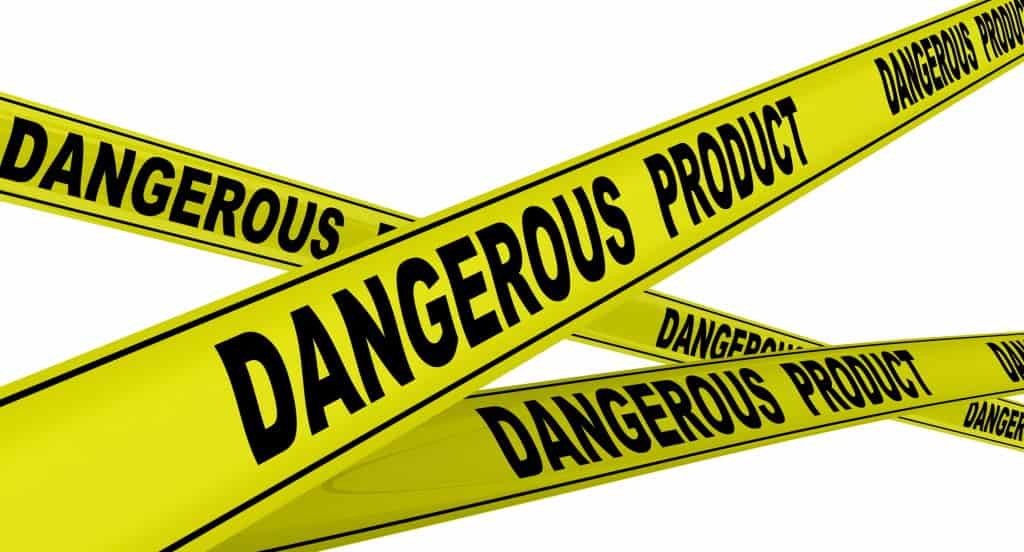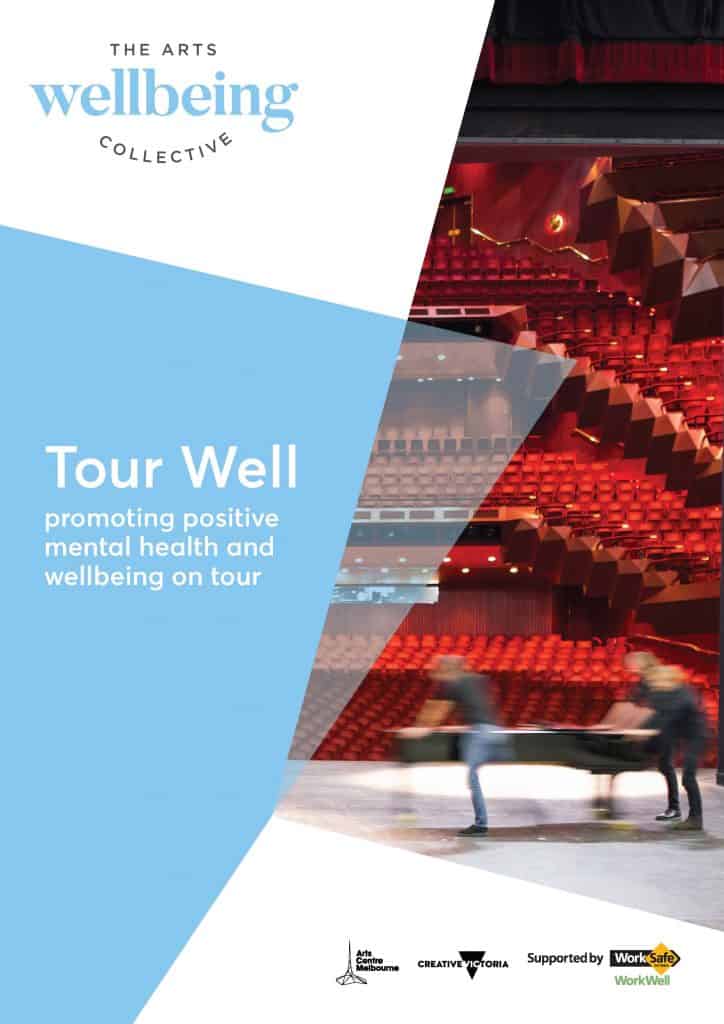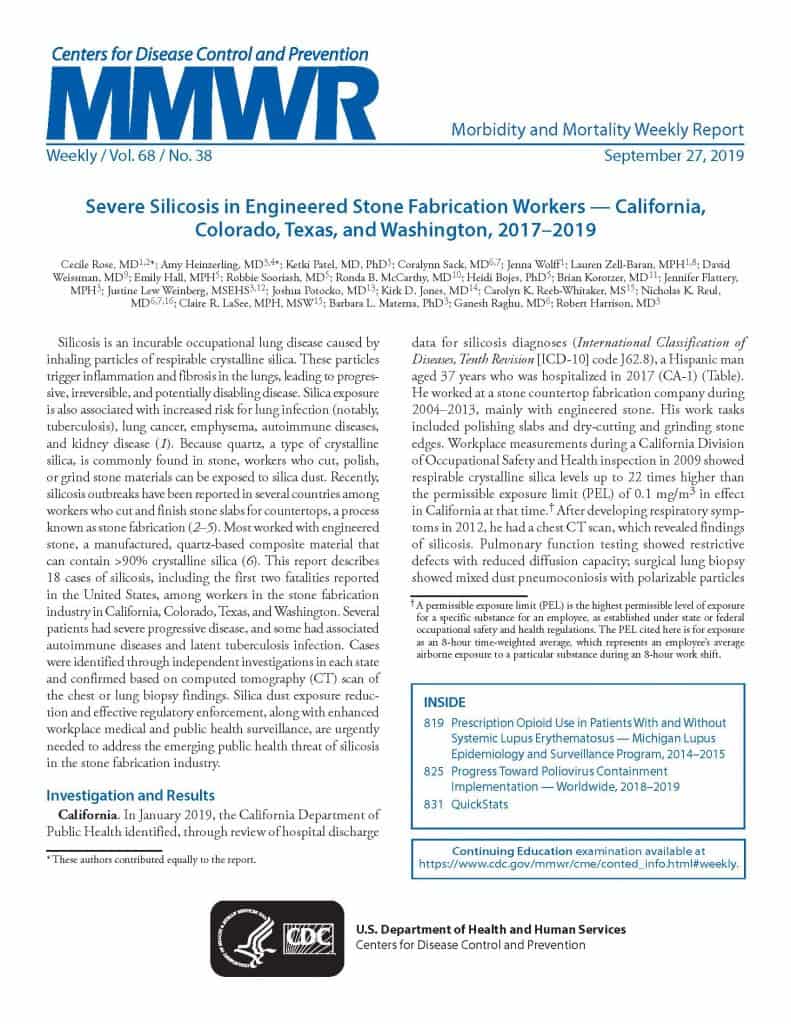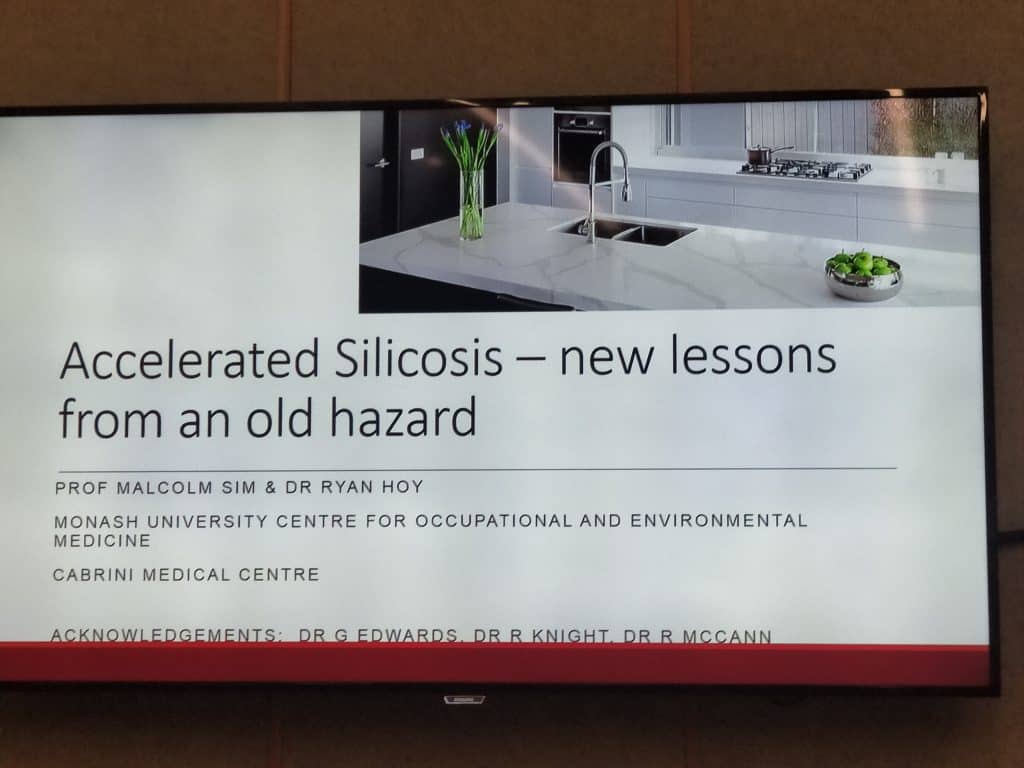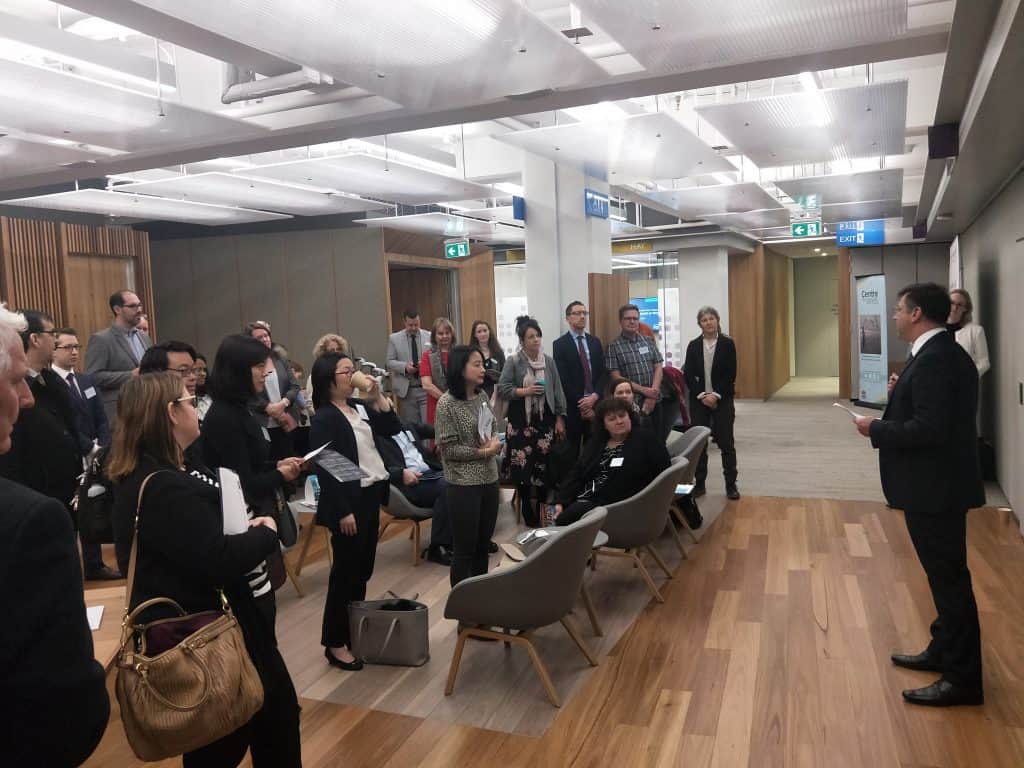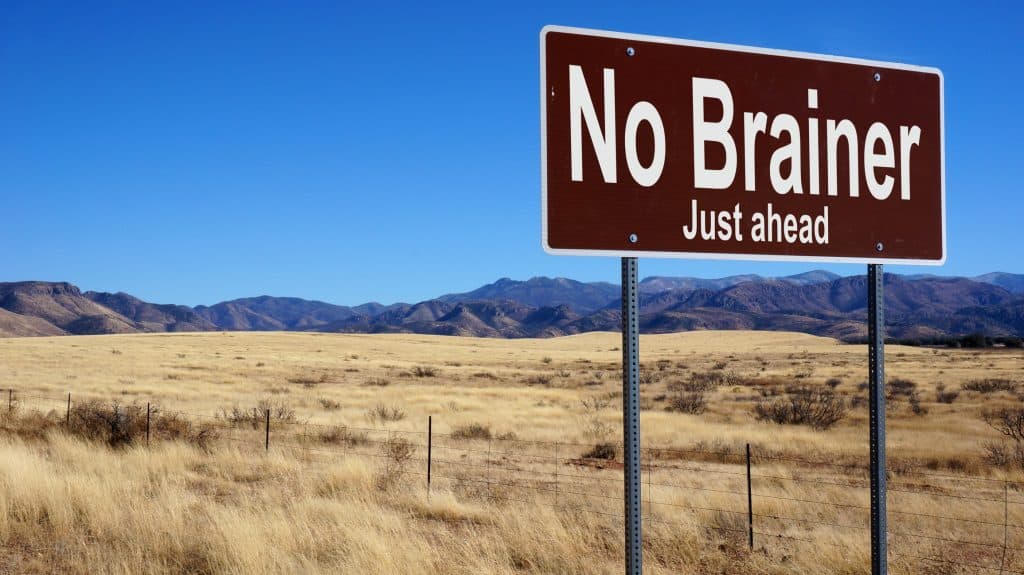
Greens MPs in Australia are increasing the political pressure to ban engineered stone from Australia because of the difficulty in eliminating silicosis risks.
On October 18, 2019, Greens MP David Shoebridge released a statement calling for the ban. Greens MP in South Australia Tammy Franks spoke in Parliament on October 16 2019, also calling for a ban on engineered stone. This and other action from other Members of Parliament are in response to inaction on the national level, partly due to occupational health and safety (OHS) being regulated by the States rather than the Commonwealth.
But as with the current controversy of thoroughbred horses being killed for export and pet food, the Federal Government is in charge of exports and imports, so could make the decision to stop imports of engineered stone. It is not as if there are not safer substitutes
The Greens in Western Australia have not called for a ban but have supported a reduced exposure standard.

Shoebridge was responding to reports in The Australian ($) about New South Wales government plans to reduce silicosis risks, saying they:
- Do not remove the risk of silicosis by banning the use of manufactured stone
- Fail to expressly ban dry cutting, which is the most dangerous way in which the product is currently used
- Will not prevent workers in the industry being exposed to potentially lethal silica dust with even the reduced exposure standard not being implemented for three years, and
- Fail to put in place the right screening to identify cases of silicosis as early as possible.
Tammy Franks asked the Minister for Industrial Relations and Treasurer Rob Lucas, about government action on silicosis risks in Parliament on 16 October, 2019 (video available). Curiously, Lucas indicated that an Italian manufacturer of engineered stone is producing a version with a much reduced silica content, so imports could continue but of a safer product.
More on the science behind the politics next week when SafetyAtWorkBlog reports from the Annual Scientific Meeting of the Australia and New Zealand Society of Occupational Medicine in Adelaide.

